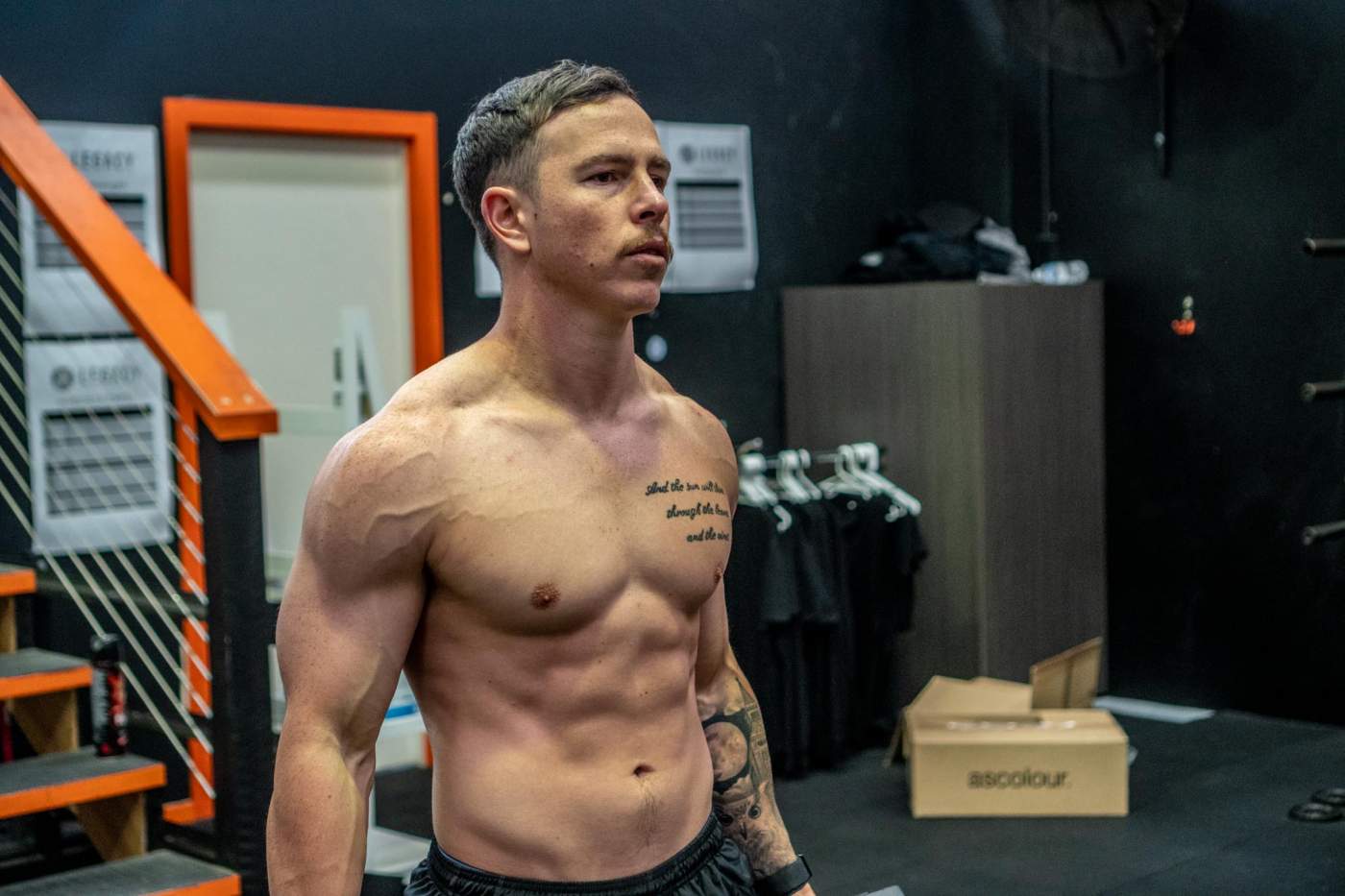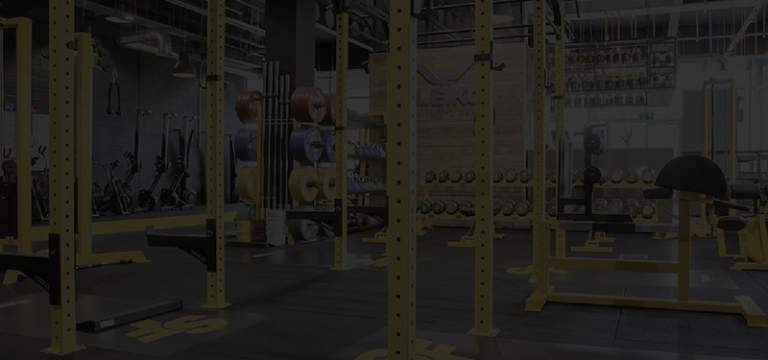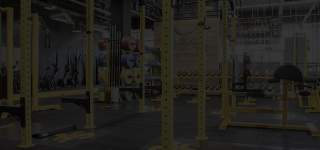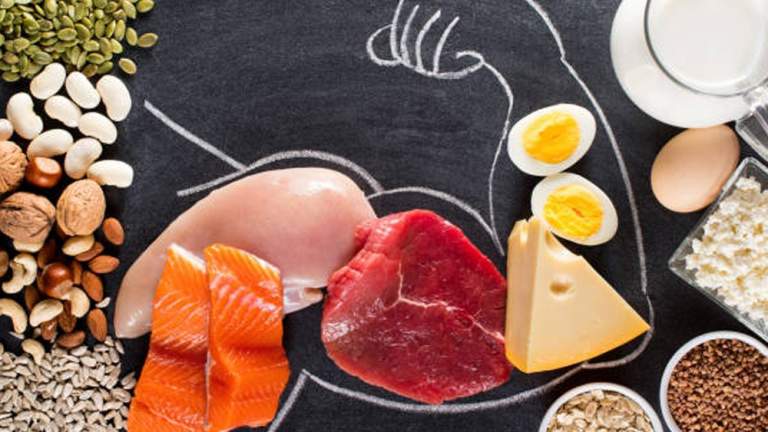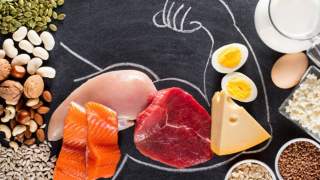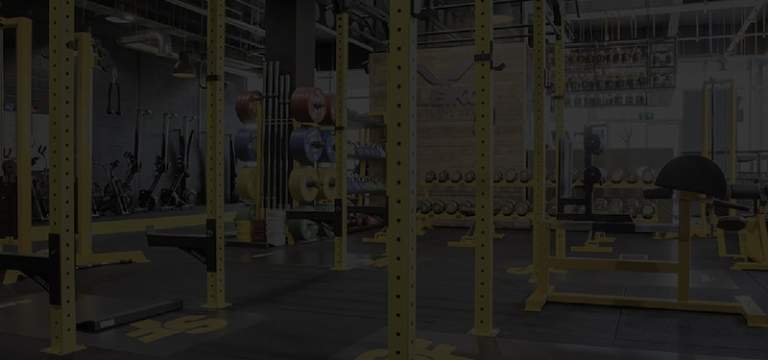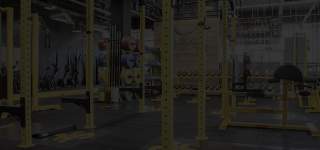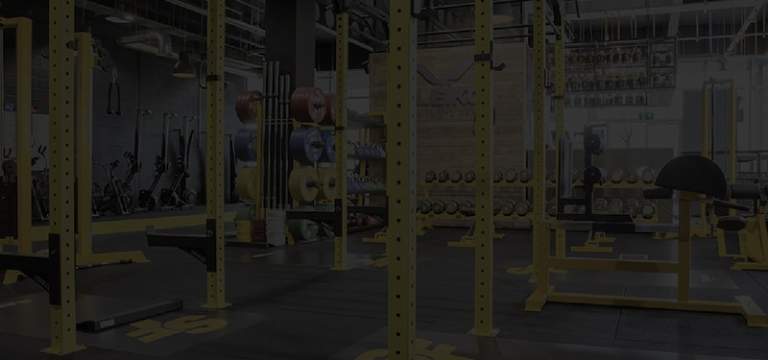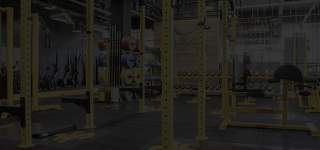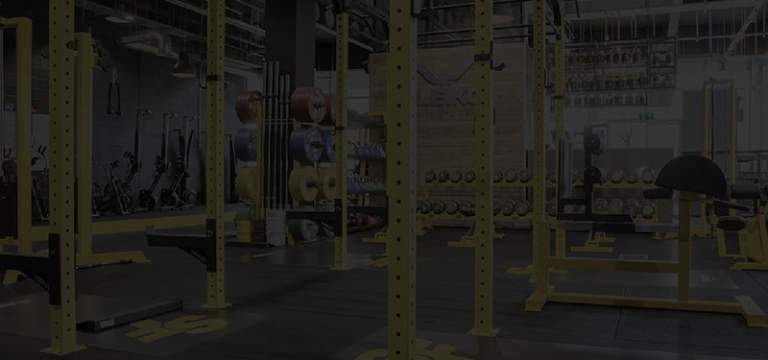Lean and muscular, are two words that everyone wants their body to be associated with. It’s the movie star look. Highly defined muscles with deep cuts and bulges in all of the right areas with no fat in sight. It’s the look that keeps millions of people around the world in the gym and on the track year-round. Achieving such a physique is absolutely possible for everyone. Though if it were easy, it wouldnt hold such prestige. Building muscle and remaining lean at the same time takes planning, effort, and consistency. It requires a prolonged focus on dietary adherence and training structure. Here we will outline the key training and nutrition principles required to build a lean, muscular physique.
Training
Building Muscle
Building a lean physique requires you to build muscle and keep fat storage at a minimum. From a training standpoint, building muscle can be achieved using various different methods, as long as some key principles are followed.
It has been widely established that there is a wide range of external loading (weight, resistance etc) that can be used to stimulate maximal muscle growth (Schoenfeld, Grgic, Ogborn & Krieger, 2017). Loads as low as 30% of 1 rep maximum have been shown to induce muscle growth similar to that of heavy loads up to 90% of 1RM if the exercise is taken to, or near failure (Burd, 2012). This equates to a rep range somewhere around the 3-30 mark, meaning that if you can do the exercise for more than 30 reps, it might not be having a significant impact on muscle growth.
The volume of training will also have an effect on the rate of hypertrophy experienced (Schoenfeld, Contreras, Vigotsky & Peterson, 2016). Whilst more can be better, It is not always the case. A great place to start would be around 10-20 sets per muscle group, per week. If you are a beginner you may be able to make substantial gains with less. For more experienced lifters, you may need to push further ahead. Appropriate training volume will vary from person to person and therefore it is vitally important that you reflect on your own recovery rates to determine how hard and how often you should be training.
Reducing Fat Stores
The second piece of the puzzle is about reducing fat stores. Now it is exceptionally hard to lose fat and build muscle at the same time and therefore we need to recognise that during a fat-loss training phase our goal is to simply minimise any muscle loss, whilst maximising fat loss. This can be achieved through manipulating both training and nutrition (which we will touch on later).
If you recognise that you have a substantial amount of fat mass that you need to lose, you may find that utilising various aerobic activities may enhance your fat-loss ability compared to simply sticking to weight training alone. Fat loss will always be the result of the energy in – energy out equation with exercise contributing a varying portion of the energy out. Whilst weight training will definitely contribute to energy spent, trying to increase your total energy expenditure through weight training is a sure-fire way to lead yourself into an overtrained or injured state. High-intensity resistance training should be reserved for building muscle and improving performance. Increasing daily energy expenditure is better achieved through adding low-intensity cardio such as walking, riding, jogging, or rowing to your daily schedule as it is repeatable and will not cause excessive tissue damage or muscle breakdown (Moflehi, Kok, Tengku-Kamalden & Amri, 2012). Aiming for 45-60 minutes per day of low-to-moderate intensity aerobic exercise in combination with your 2-5 resistance training sessions per week is a great place to start.
Nutrition
Now not everyone has 20+ hours a week to exercise and at some point, we will all reach a training volume capacity. So how do we continue to improve? Through the power of nutrition. Nutrition and exercise never work in isolation, any physical changes we experience are the result of the interaction between the exercise we do and the fuel that we consume. Often times, specific training and nutrition interventions can even be paired together to significantly enhance physical outcomes. This is why it is vitally important that we display the same level of commitment to our nutrition, as we do with our training.
Protein Intake
The inclusion of a high protein diet is a prime example of the exercise-nutrition relationship. Resistance training and high protein intake are the two major players in building muscle mass and individually they will each provide your body with an anabolic (muscle building) signal. Though the real magic is found when they are concurrently paired together! Resistance training will signal to the body that muscle mass is required, whilst a high protein diet will provide the building blocks necessary to actually build and repair muscle tissue. If your goal is to maximise your muscle mass or minimise muscle loss during a weight cut, you should be aiming to consume at least 1.5g of protein per kg of body weight (Morton et al., 2017). Failure to consume this level of protein will ultimately limit your ability to recover and grow, regardless of how hard you are training in the gym.
Calorie Intake
As mentioned previously, energy in – energy out is the equation that dictates our overall level of body mass. So what do you do when you want to lose fat (reduce mass) and build muscle (add mass) at the same time? Pick the side that needs the most work. If the focus is to reduce fat mass, we must make sure we are spending more energy than we are consuming through both exercise and nutrition interventions. Whilst to build muscle mass, the body must be provided with enough energy on top of the normal bodily requirements to fuel the muscle-building process. At the same time, we want to ensure that we do not reduce our intake so far that we begin to lose significant amounts of muscle or increase our intake to the point of significant fat accumulation. Therefore it is usually best to start with a small (~10%) fluctuation in energy intake in the appropriate direction. Here is where it becomes extremely beneficial to have a consistent diet to work off. Instead of worrying about counting calories (you can if you want to), you could simply add or subtract a small amount of food from your day. Over time, as your body mass adapts to your eating, you can simply continue to make small adjustments to stimulate consistent weight change.
The great thing about exercise and nutrition is that it is largely within our own control. Everyone can achieve a lean, muscular body if they consistently follow the simple principles mentioned in this article. Remember that it is not simply about fixing your nutrition or training hard, the results will come when we are able to pair both sides of the equation.
About the Author:
Christopher Dalmau (Masters of Exercise Science, Bachelor of Science) is a fitness author based in Melbourne Australia. Co-founder of The Clean 5, a popular Australian fitness program, and longtime owner of a sports performance studio, Chris uses his scientific understanding, coupled with industry experience, to provide real outcomes for his clients.
Chris is driven by making the science of fitness sexy, driving the masses to seek valid information, rather than trusting someone simply because they look good.
Bibliography
Schoenfeld, B. J., Peterson, M. D., Ogborn, D., Contreras, B., & Sonmez, G. T. (2015). Effects of low-vs. high-load resistance training on muscle strength and hypertrophy in well-trained men. The Journal of Strength & Conditioning Research, 29(10), 2954-2963.
Schoenfeld, B. J., Contreras, B., Vigotsky, A. D., & Peterson, M. (2016). Differential effects of heavy versus moderate loads on measures of strength and hypertrophy in resistance-trained men. Journal of sports science & medicine, 15(4), 715.
Schoenfeld, B. J., Grgic, J., Ogborn, D., & Krieger, J. W. (2017). Strength and hypertrophy adaptations between low-vs. high-load resistance training: a systematic review and meta-analysis. The Journal of Strength & Conditioning Research, 31(12), 3508-3523.
Morton, R. W., Murphy, K. T., McKellar, S. R., Schoenfeld, B. J., Henselmans, M., Helms, E., … & Phillips, S. M. (2018). A systematic review, meta-analysis and meta-regression of the effect of protein supplementation on resistance training-induced gains in muscle mass and strength in healthy adults. Br J Sports Med, 52(6), 376-384.
Moflehi, D., Kok, L. Y., Tengku-Fadilah, T. K., & Amri, S. (2012). Effect of single-session aerobic exercise with varying intensities on lipid peroxidation and muscle-damage markers in sedentary males. Global journal of health science, 4(4), 48.
Burd, N. A., Mitchell, C. J., Churchward-Venne, T. A., & Phillips, S. M. (2012). Bigger weights may not beget bigger muscles: evidence from acute muscle protein synthetic responses after resistance exercise. Applied physiology, nutrition, and metabolism, 37(3), 551-554.

